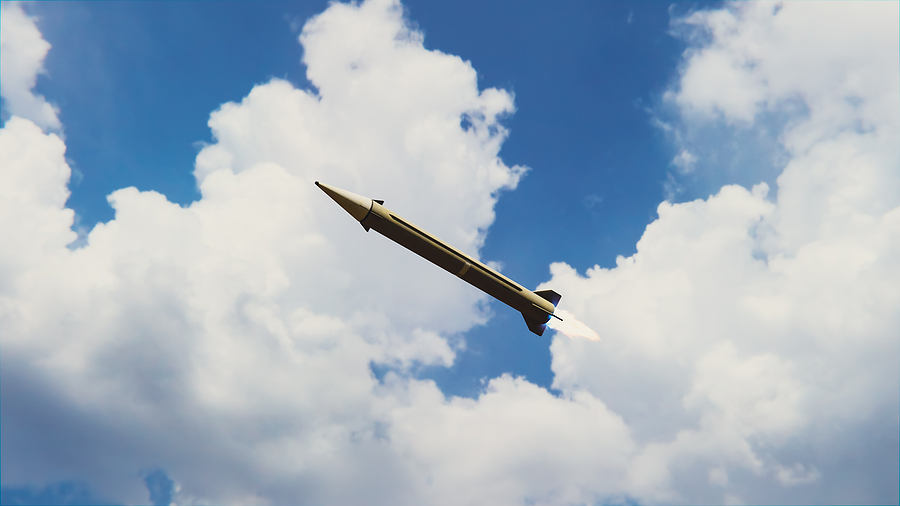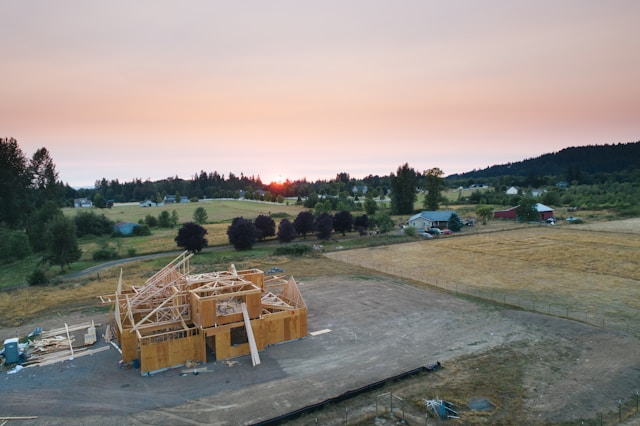Australia will have the capacity to manufacture long-range missiles in a “couple of years”, Defence Minister Richard Marles says.
The Albanese government on Wednesday announced $4.1 billion had been committed towards long-range strike missiles and the guided weapons enterprise in response to the defence strategic review, which was publicly released on Monday.
The package will see $1.6 billion be used to accelerate the delivery of mobile rocket systems known as HIMARS and precision strike missiles.
A further $2.5 billion will be used for guided weapons and explosives, which Mr Marles said was going to be important to “having the war stocks and the capabilities that we need in the future”.
“That money on the table today is a complete game changer in Australia being able to enter the manufacture of guided weapons in the future,” he told reporters in Canberra.
Mr Marles said the government was confident that with the money it was providing, manufacturing would start “in the next couple of years,” much sooner than the original 2027 date under the previous coalition government.
The strategic review recommended a focus on long-range strike power to target enemies deeper into the Indo-Pacific.
Mr Marles and Defence Industry Minister Pat Conroy held a roundtable with Australian defence industry in Canberra on Wednesday to discuss the review and the government’s response to it.
The review recommended the Australian Defence Force be used as a last resort for disaster response, finding the reliance on it had detracted its ability to protect the nation.
Asked if the government will be announcing a federal disaster agency on Friday after national cabinet has met in response to the review, Mr Marles said Emergency Management Minister Murray Watt was leading a conversation with the states and territories about building their own resilience.
The minister reaffirmed defence spending would rise above two per cent of Australia’s GDP, with $19 billion set to be spent over the next four years to implement the findings of the strategic review.
Mr Marles also defended calls that major procurements were being delayed in order for more reviews to be carried out.
“We’re talking about turning around the mission of defence for the first time in 35 years, you don’t do that in a single press conference,” he told ABC radio.
Opposition defence spokesman Andrew Hastie said there were still risks with the review, which recommended a cut-back in infantry fighting vehicles from 450 to 129.
“What we were hoping to see was an overall increase in defence spending, what we’ve seen instead is cost shifting and cuts to capability, specifically army land power,” he told ABC radio.
“That has consequences if we have to fight in a close combat scenario in our northern land or maritime spaces, or indeed in the Pacific island chain, you’ve got to have that capability and there’s a risk not having it.”
Andrew Brown and Tess Ikonomou
(Australian Associated Press)






